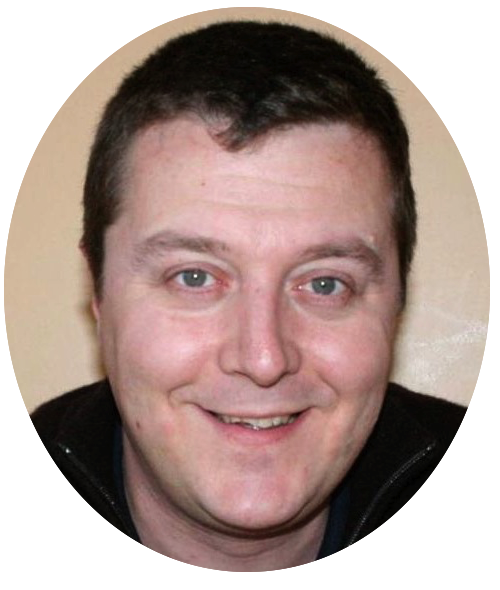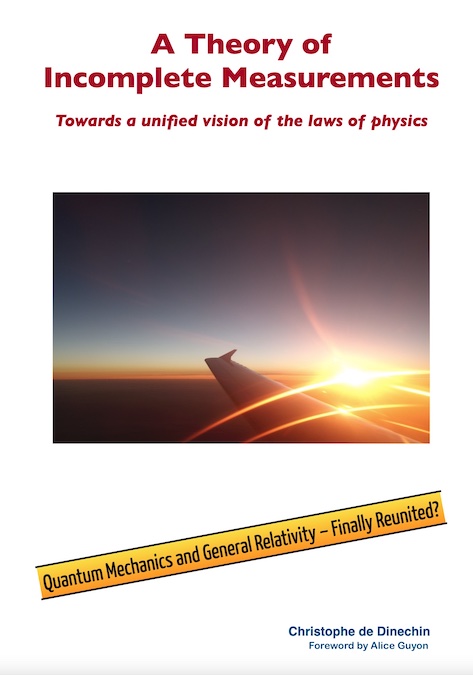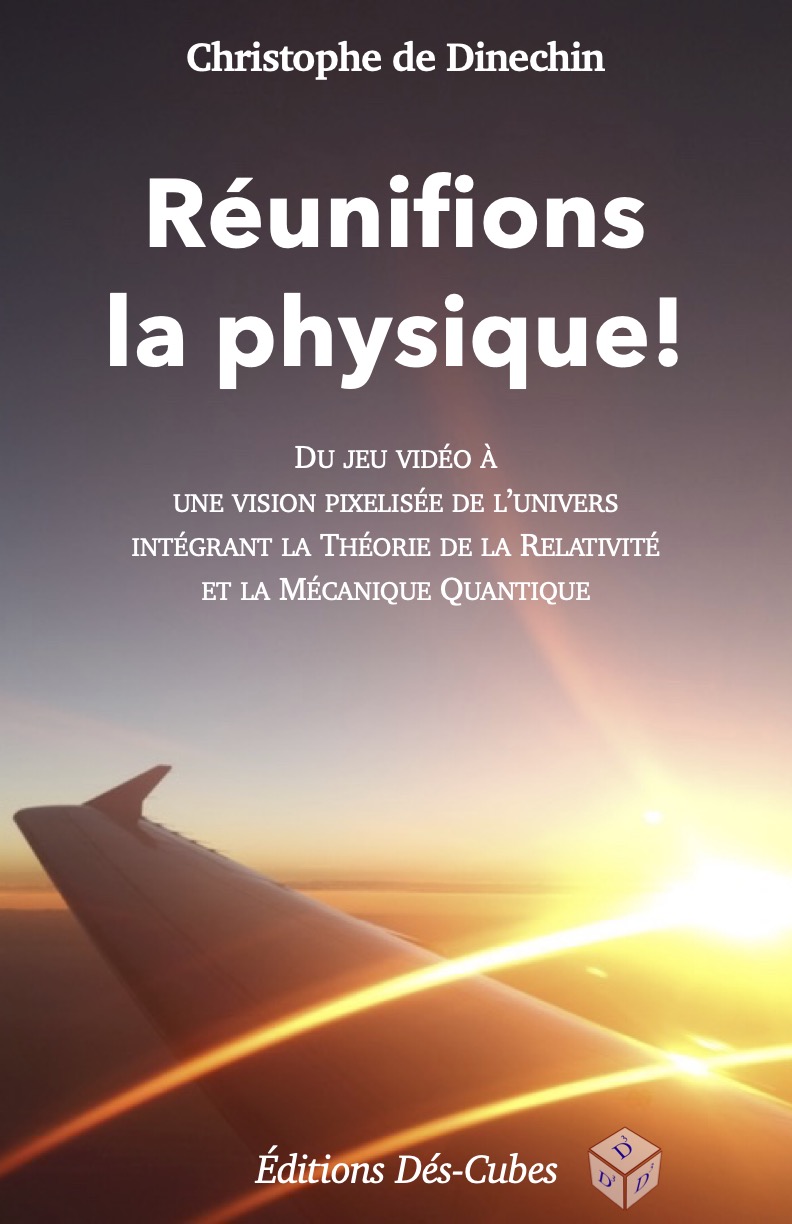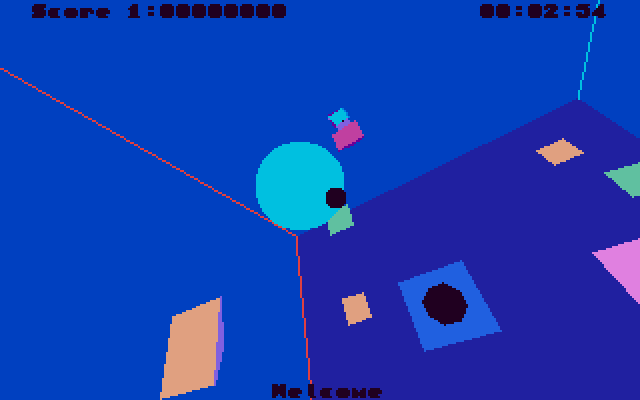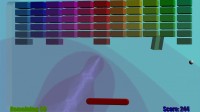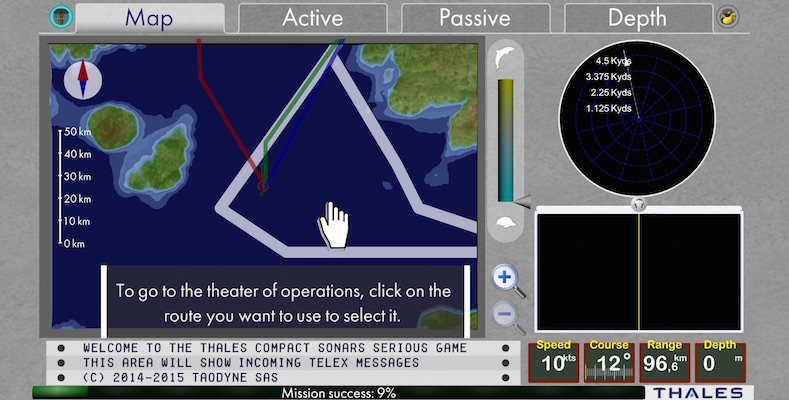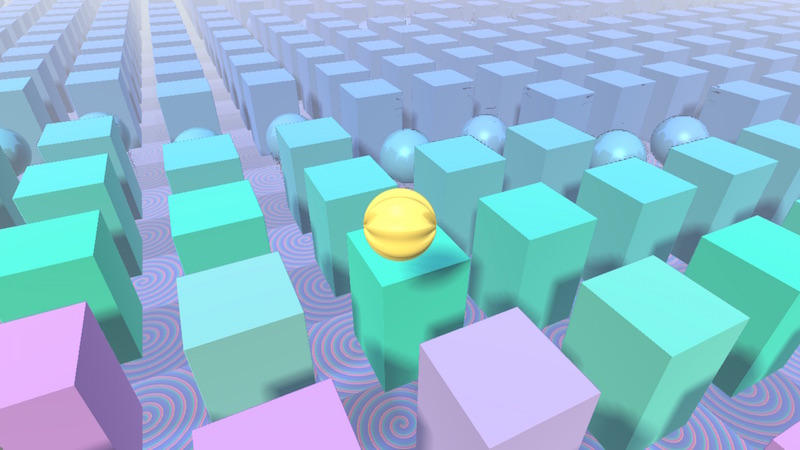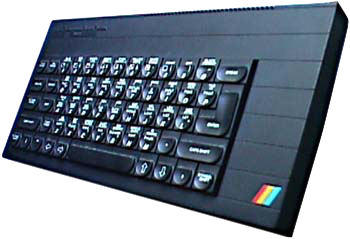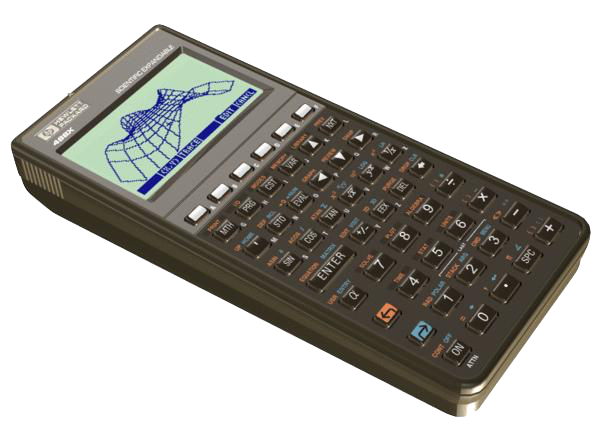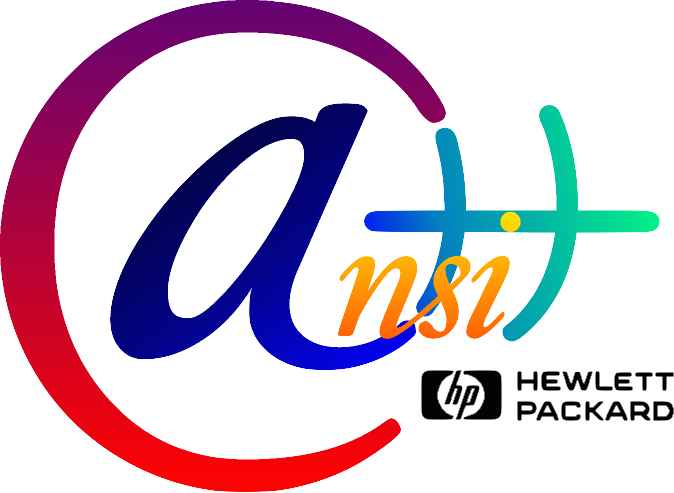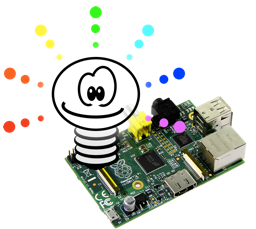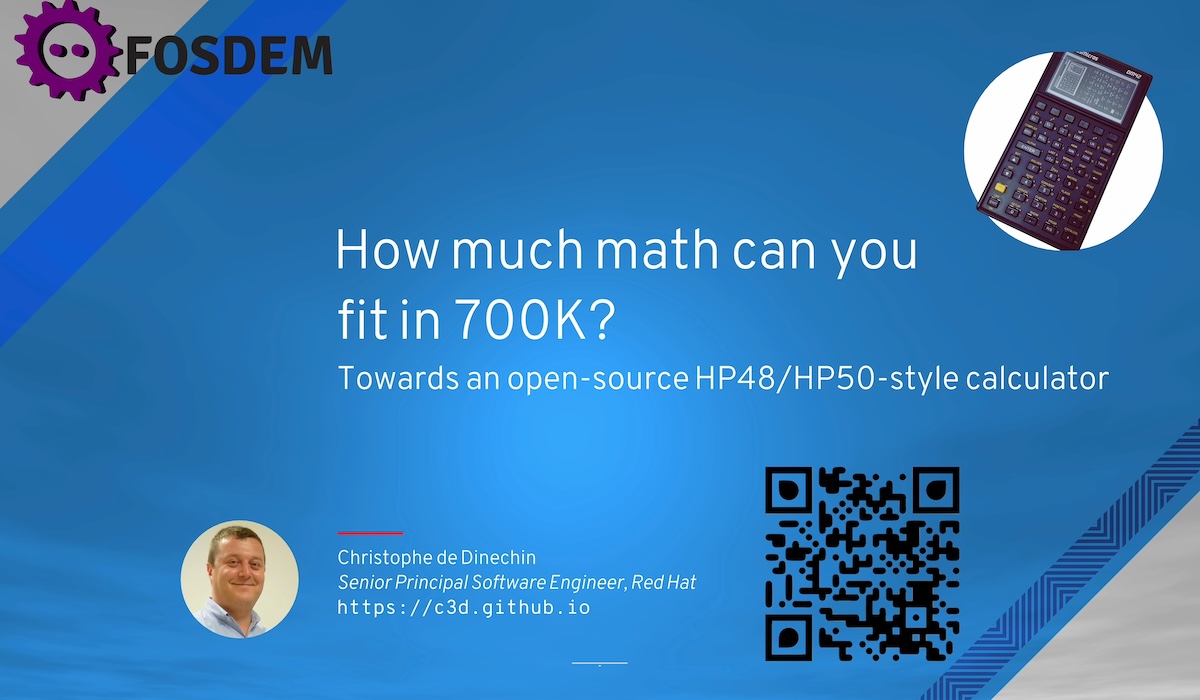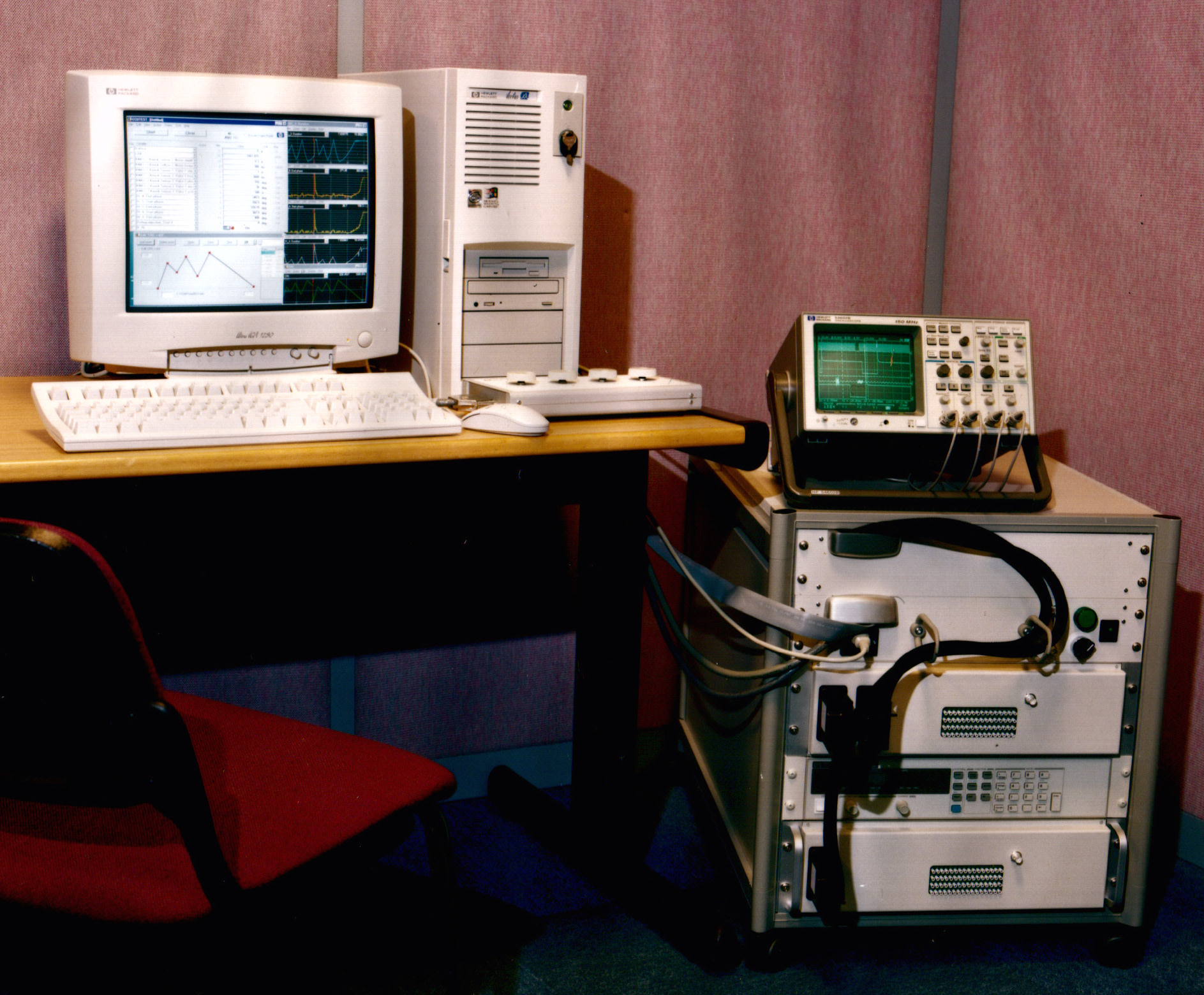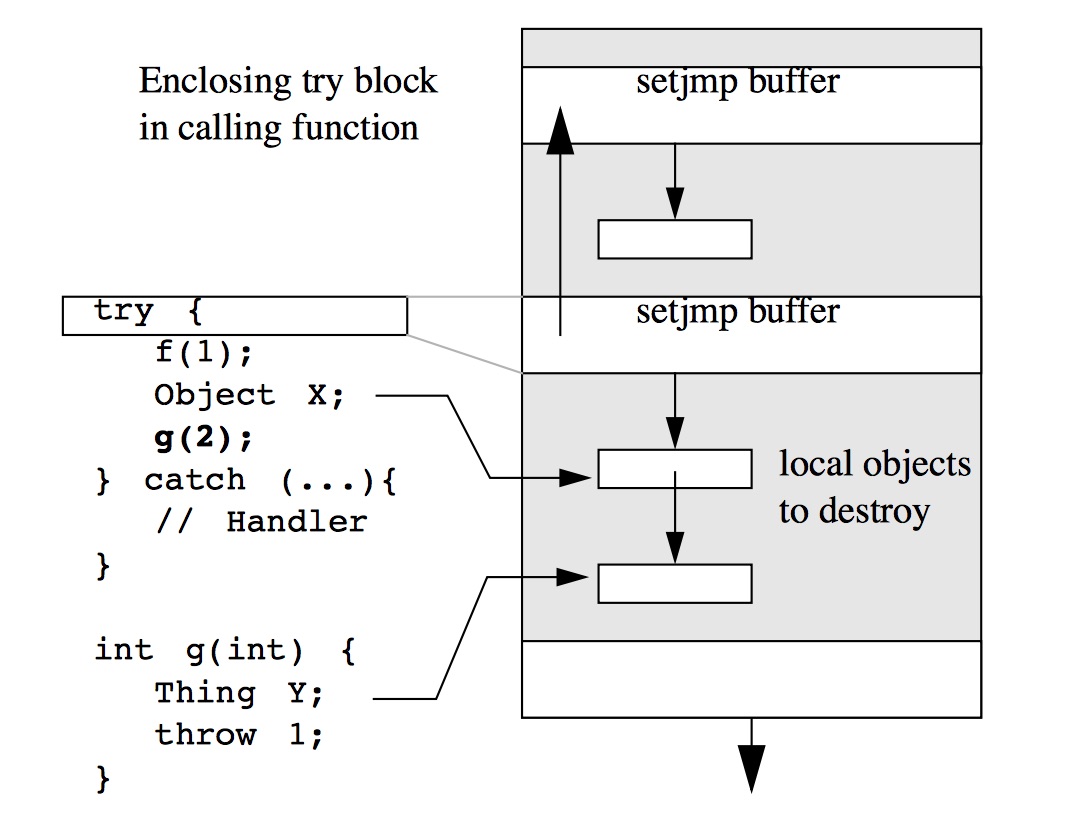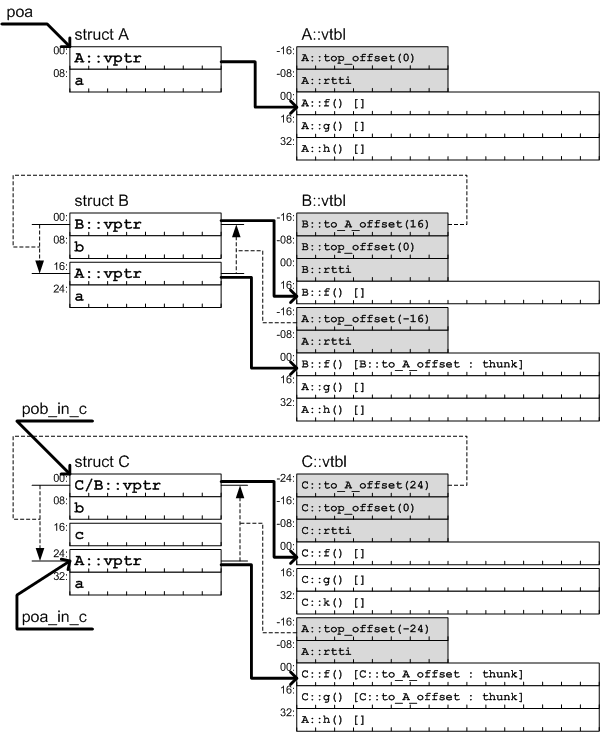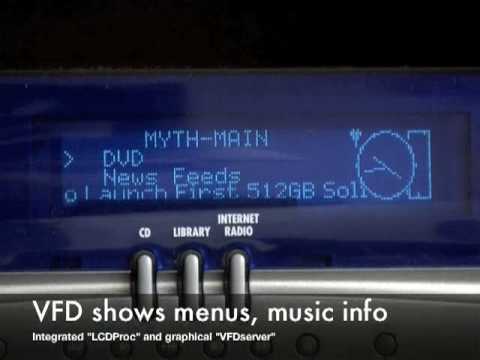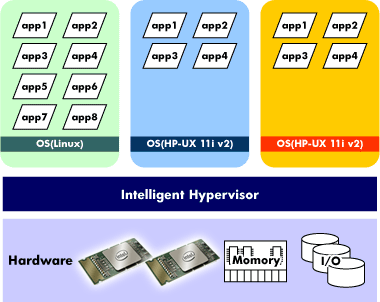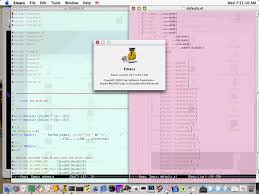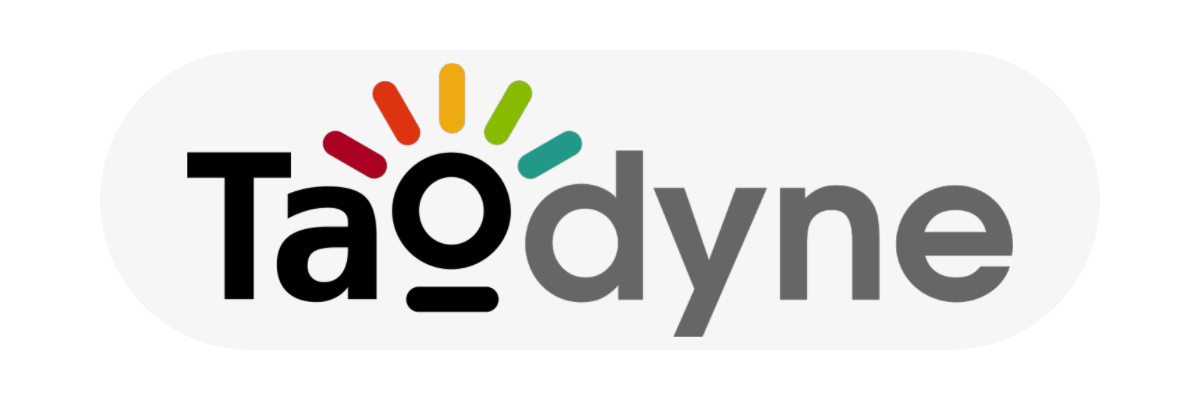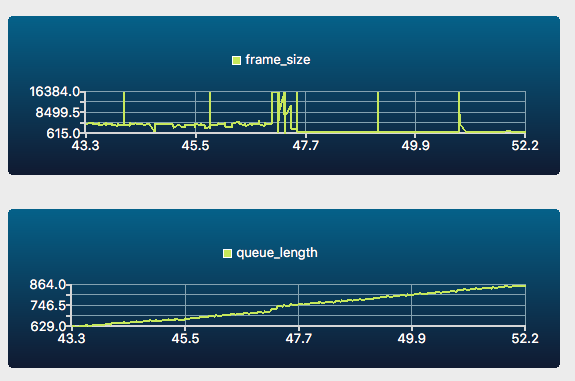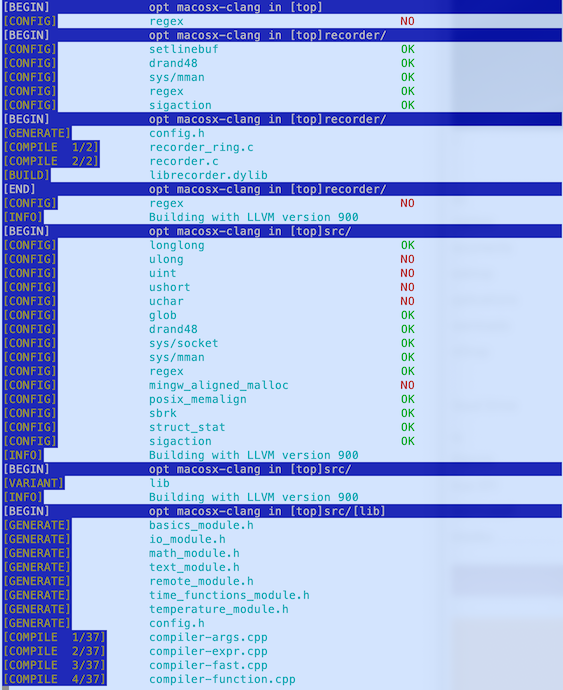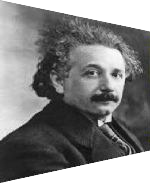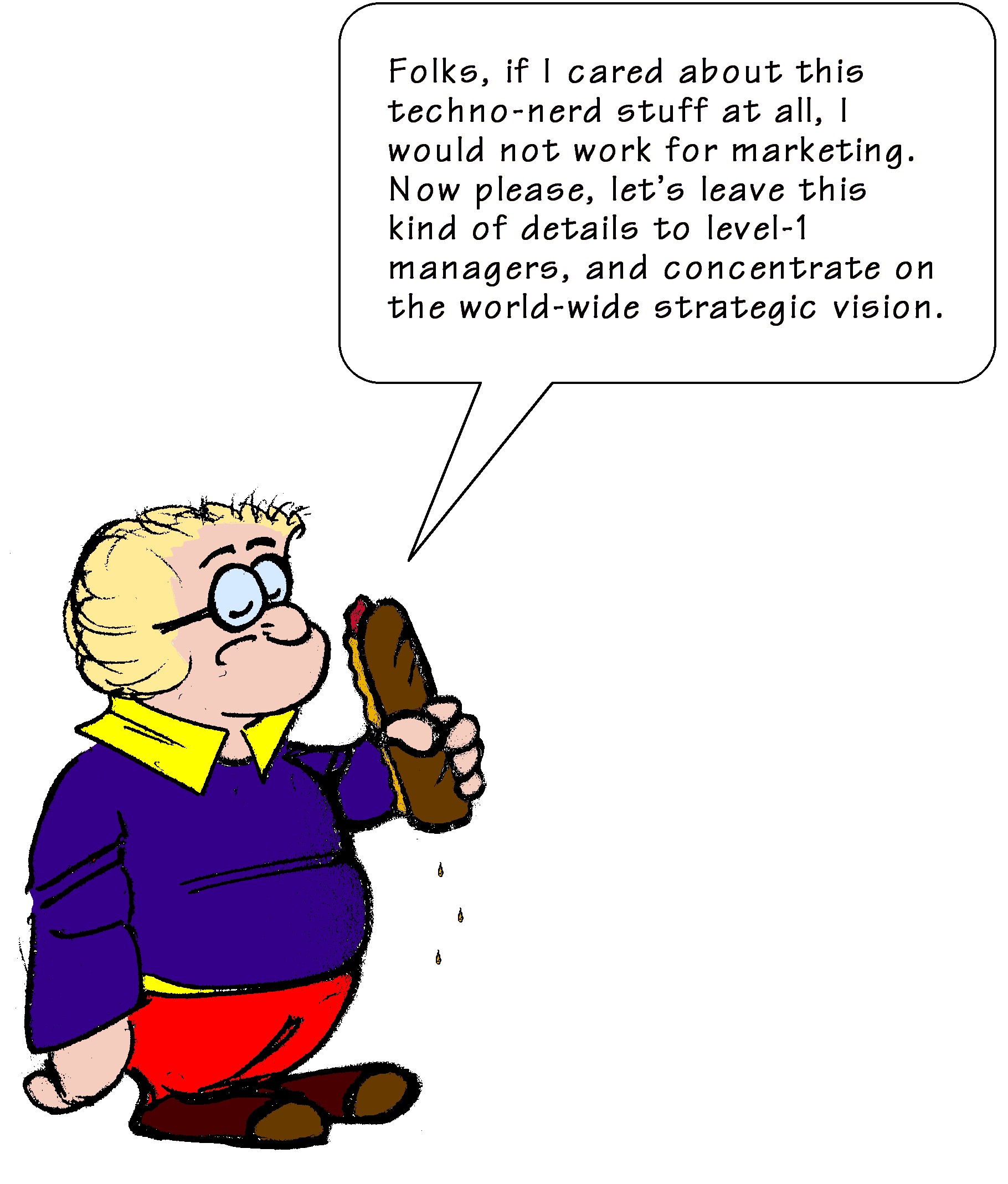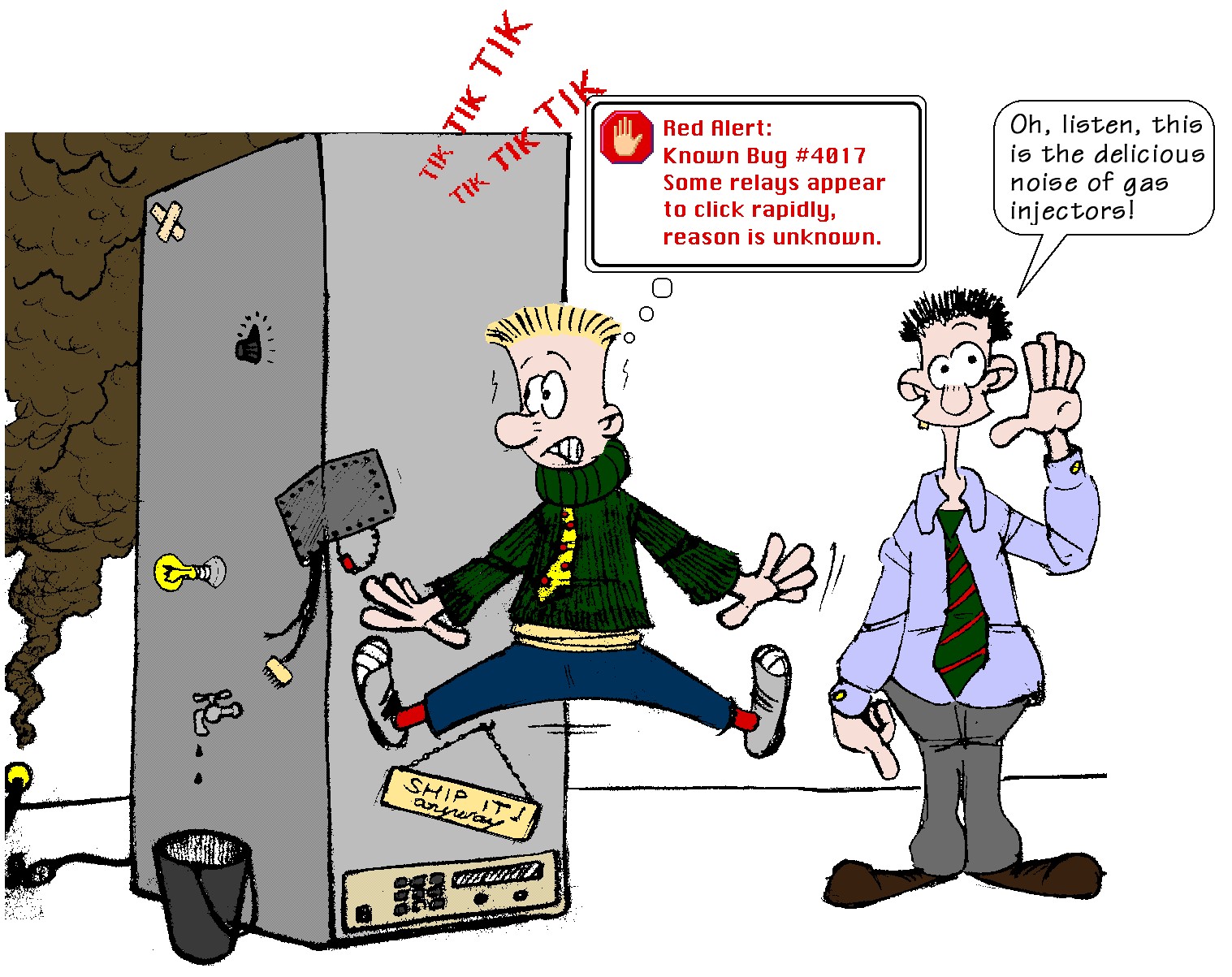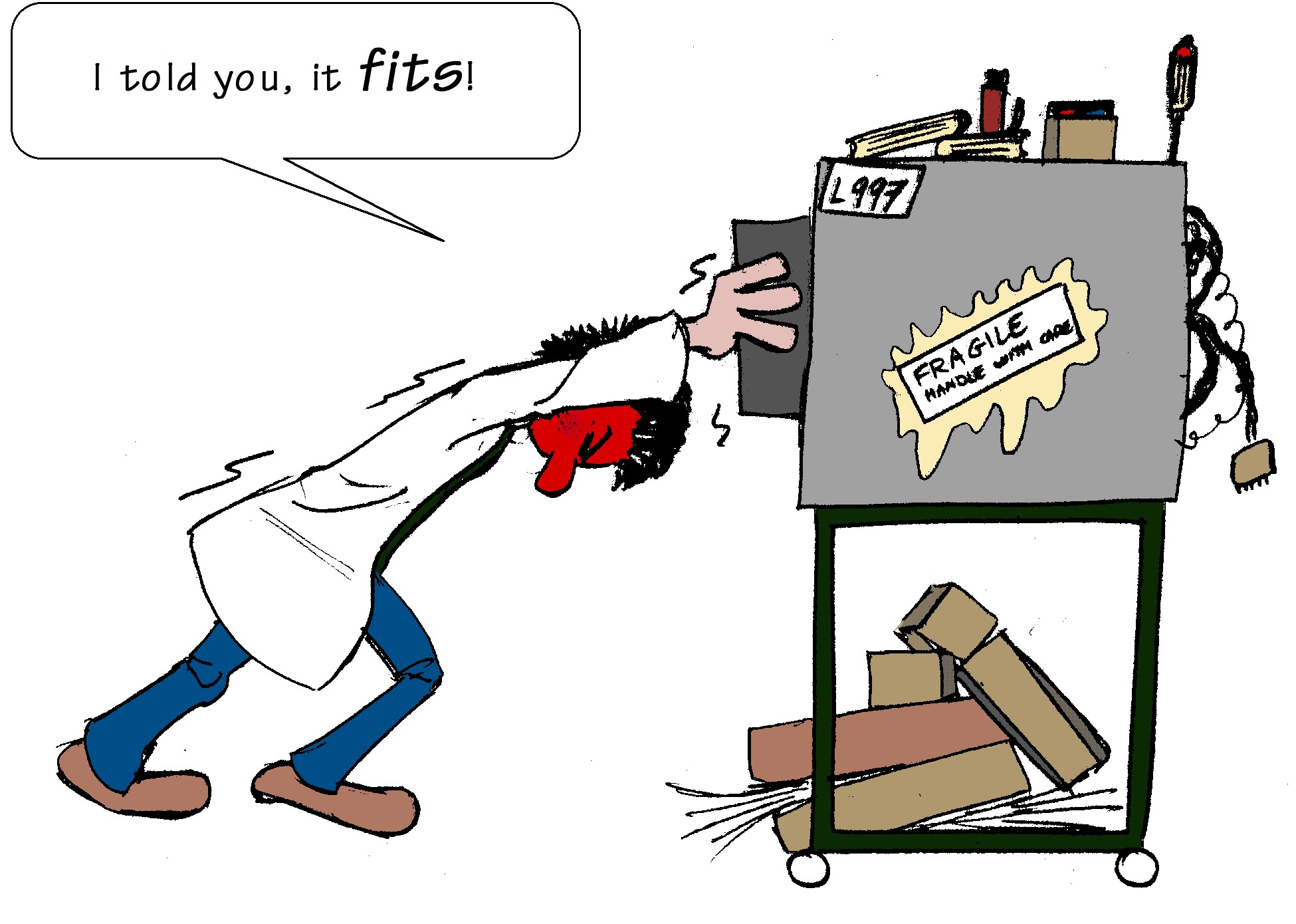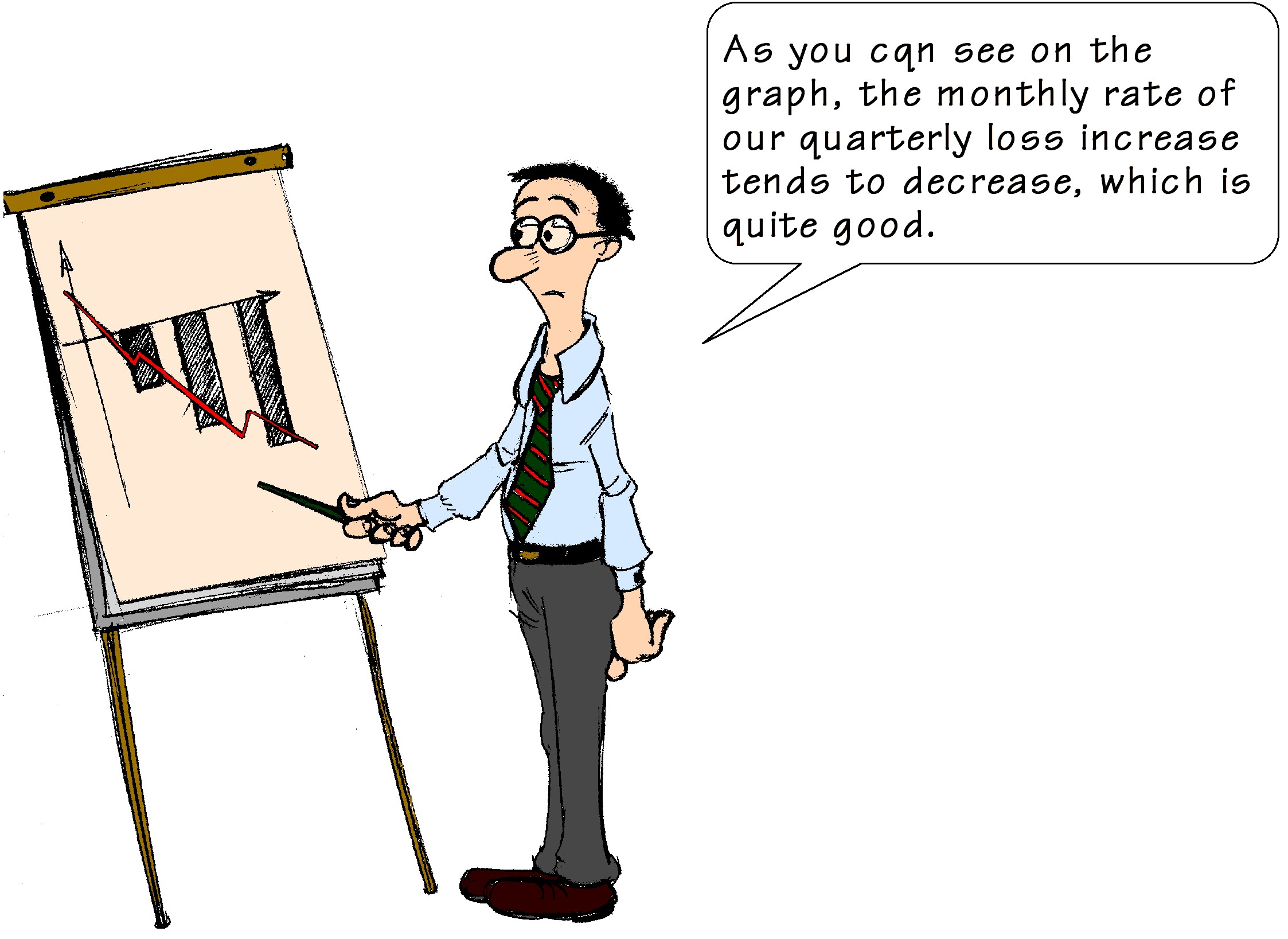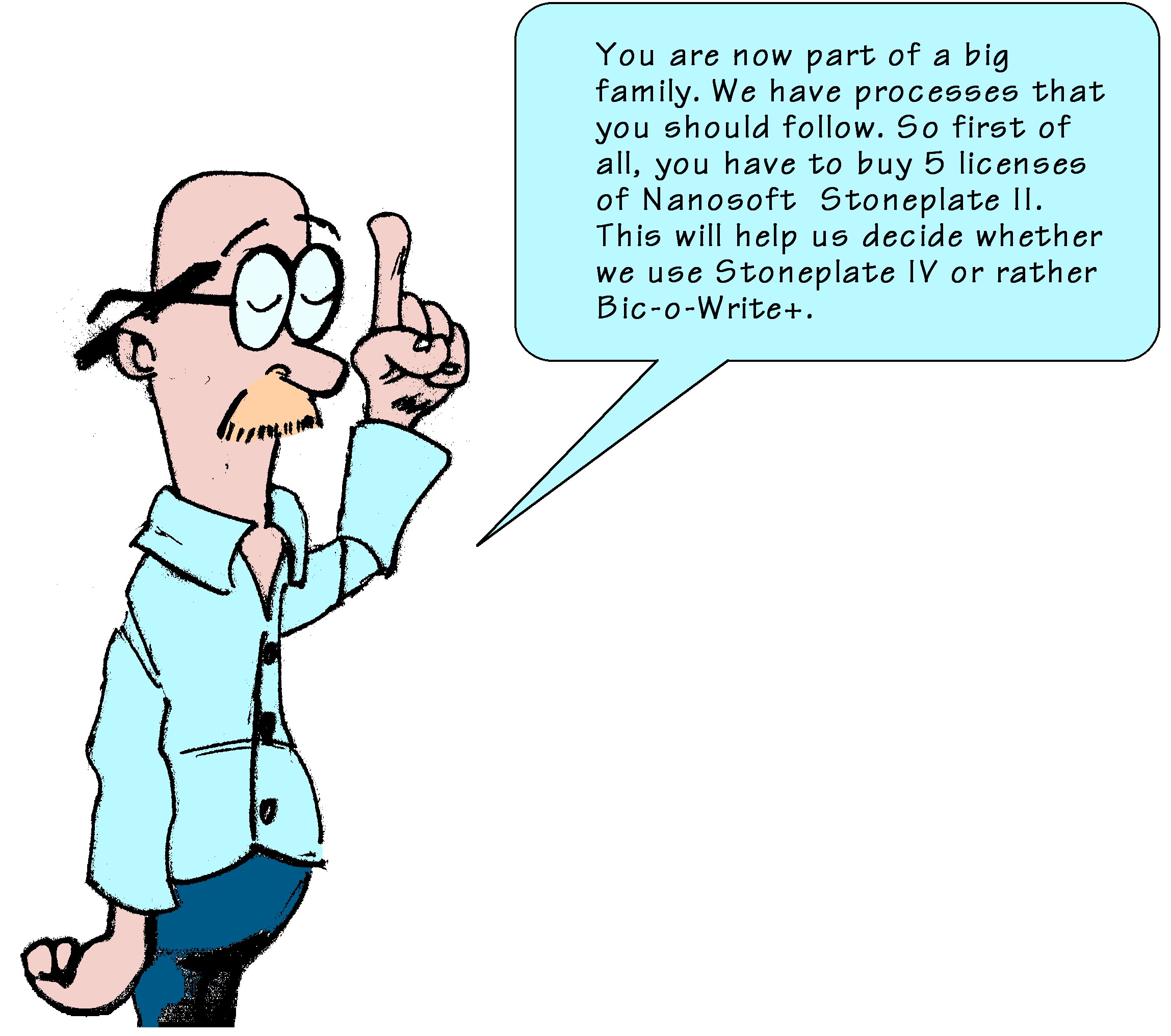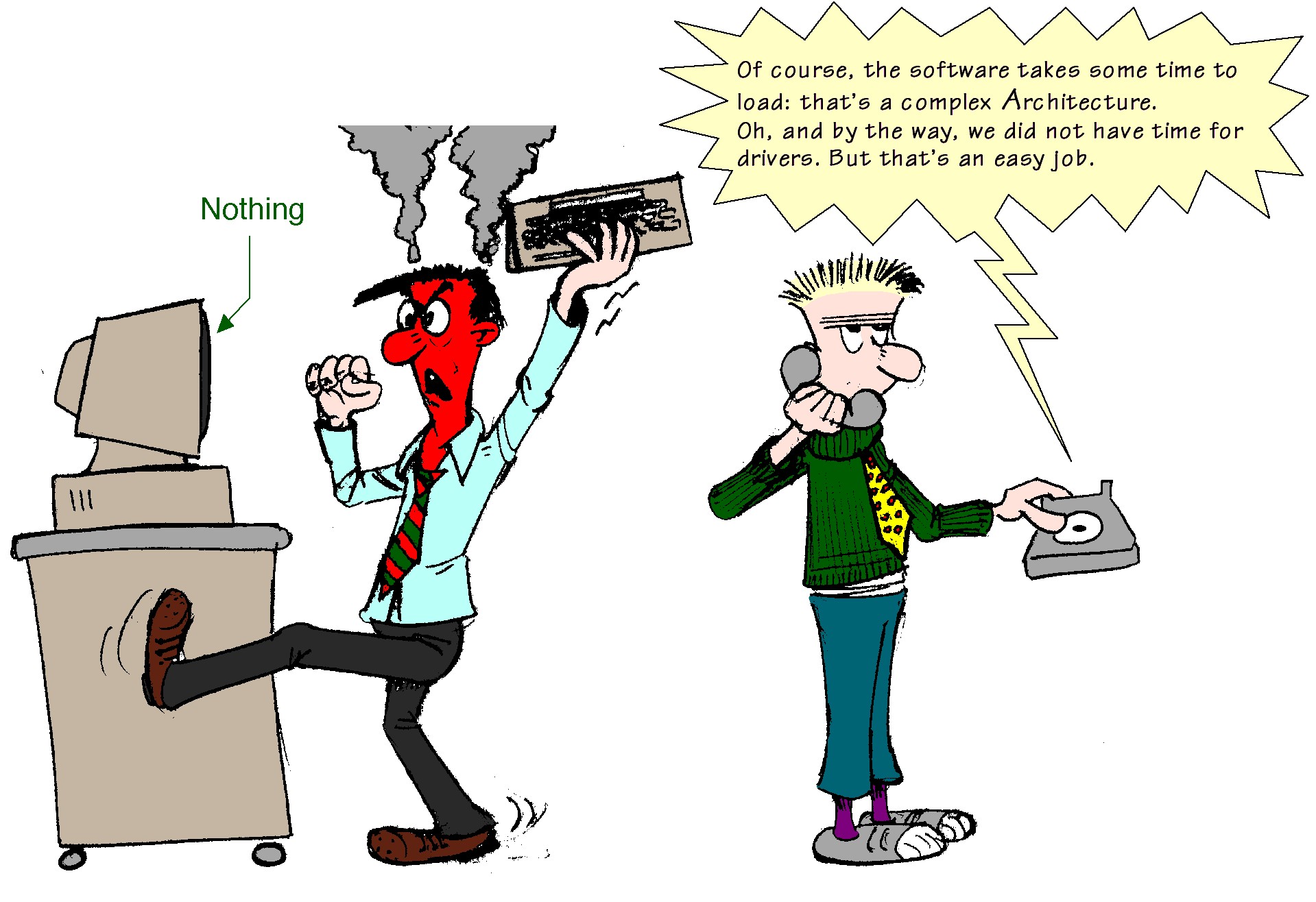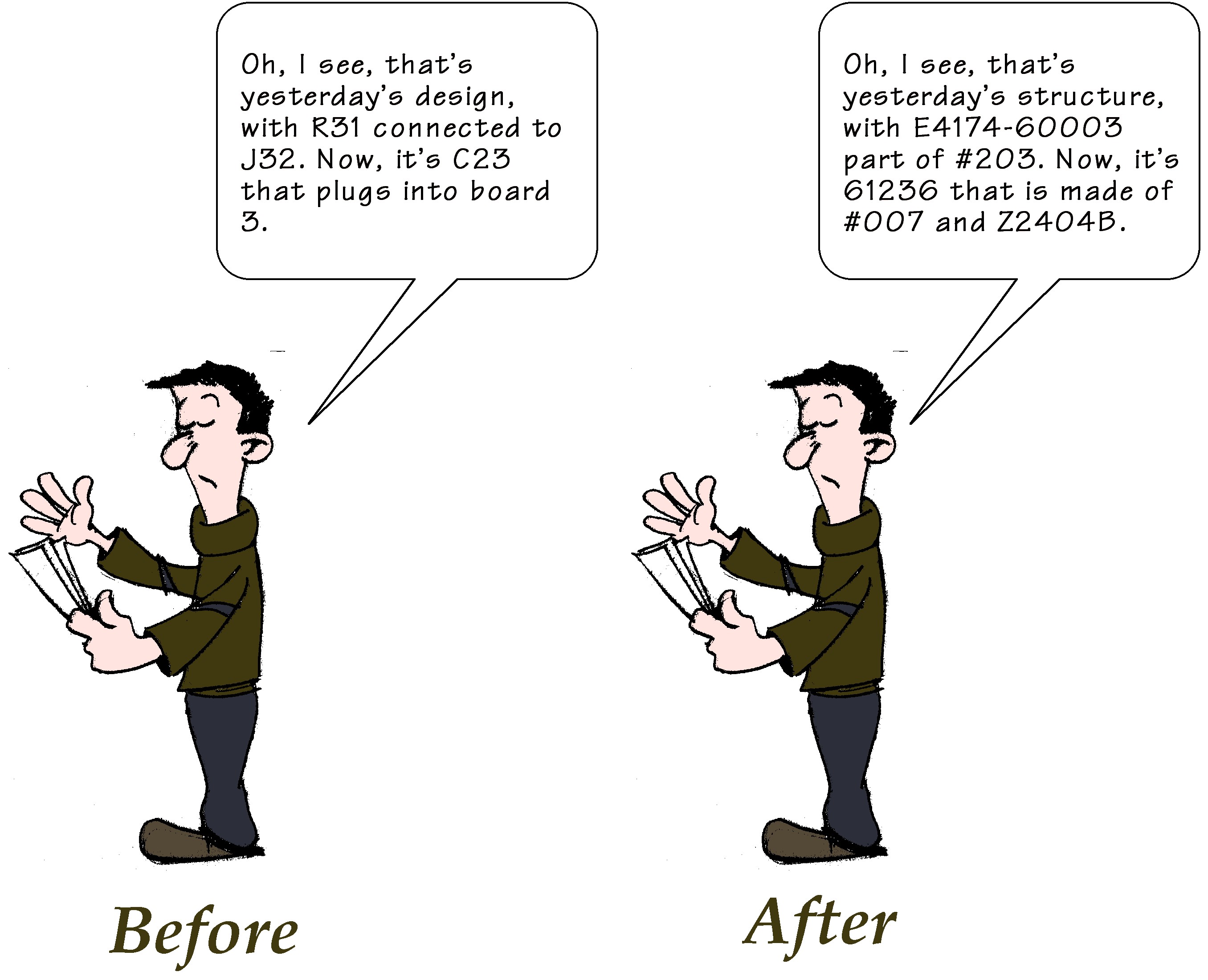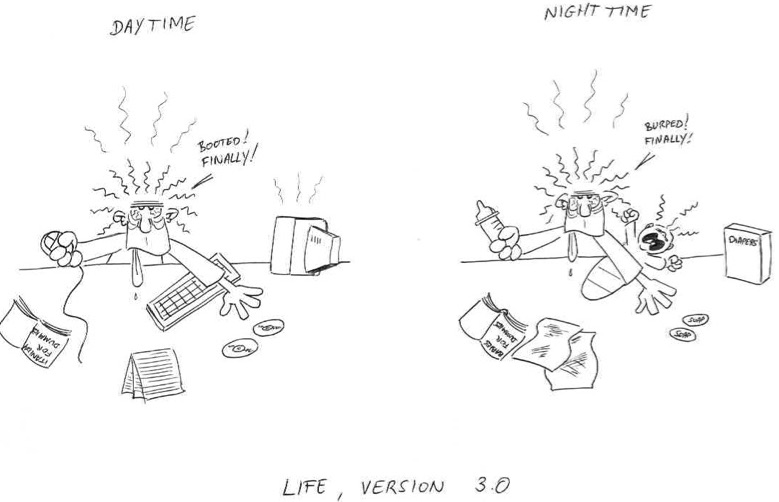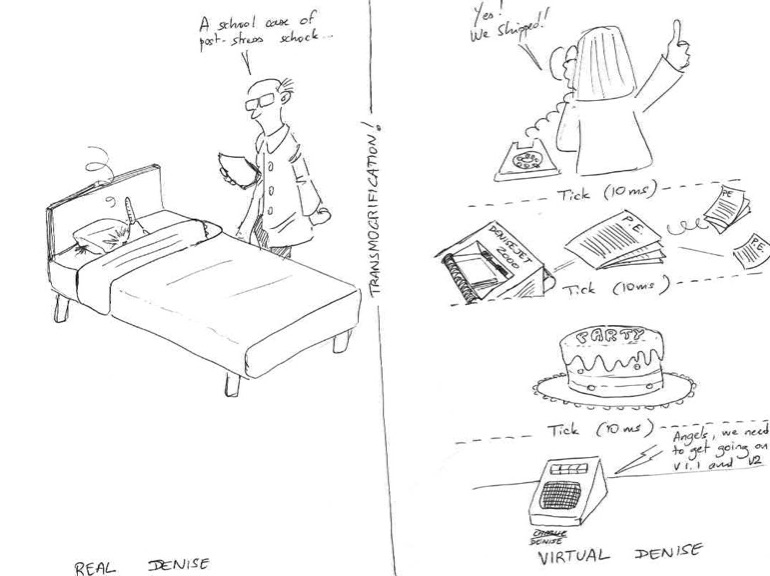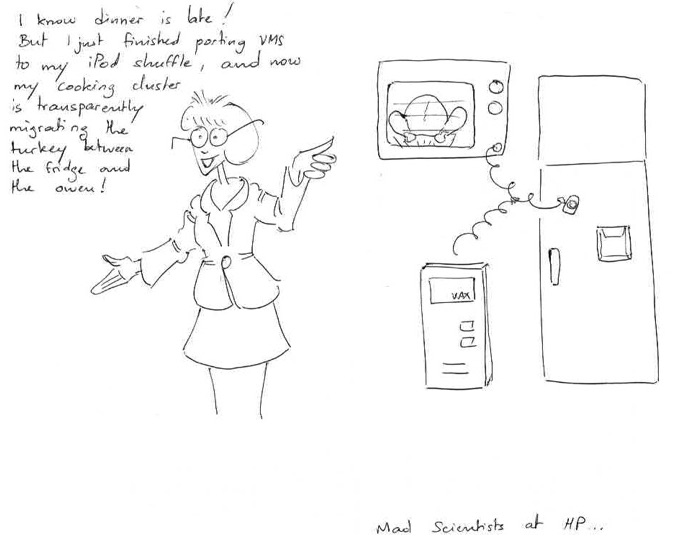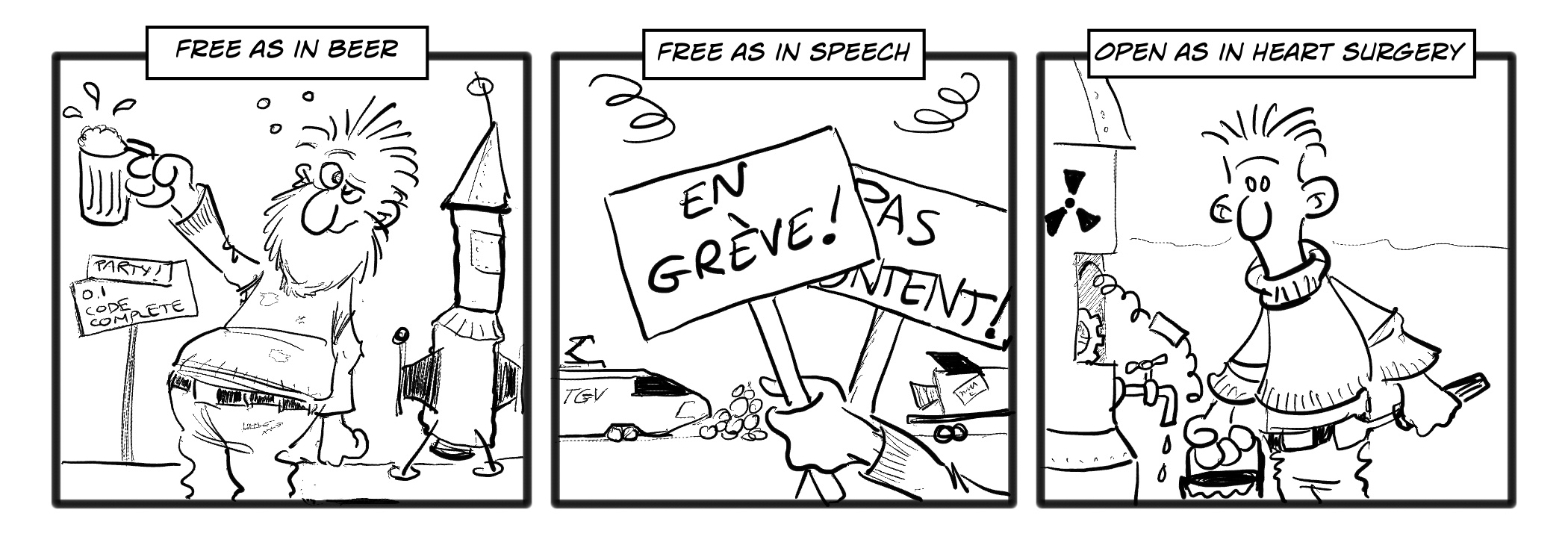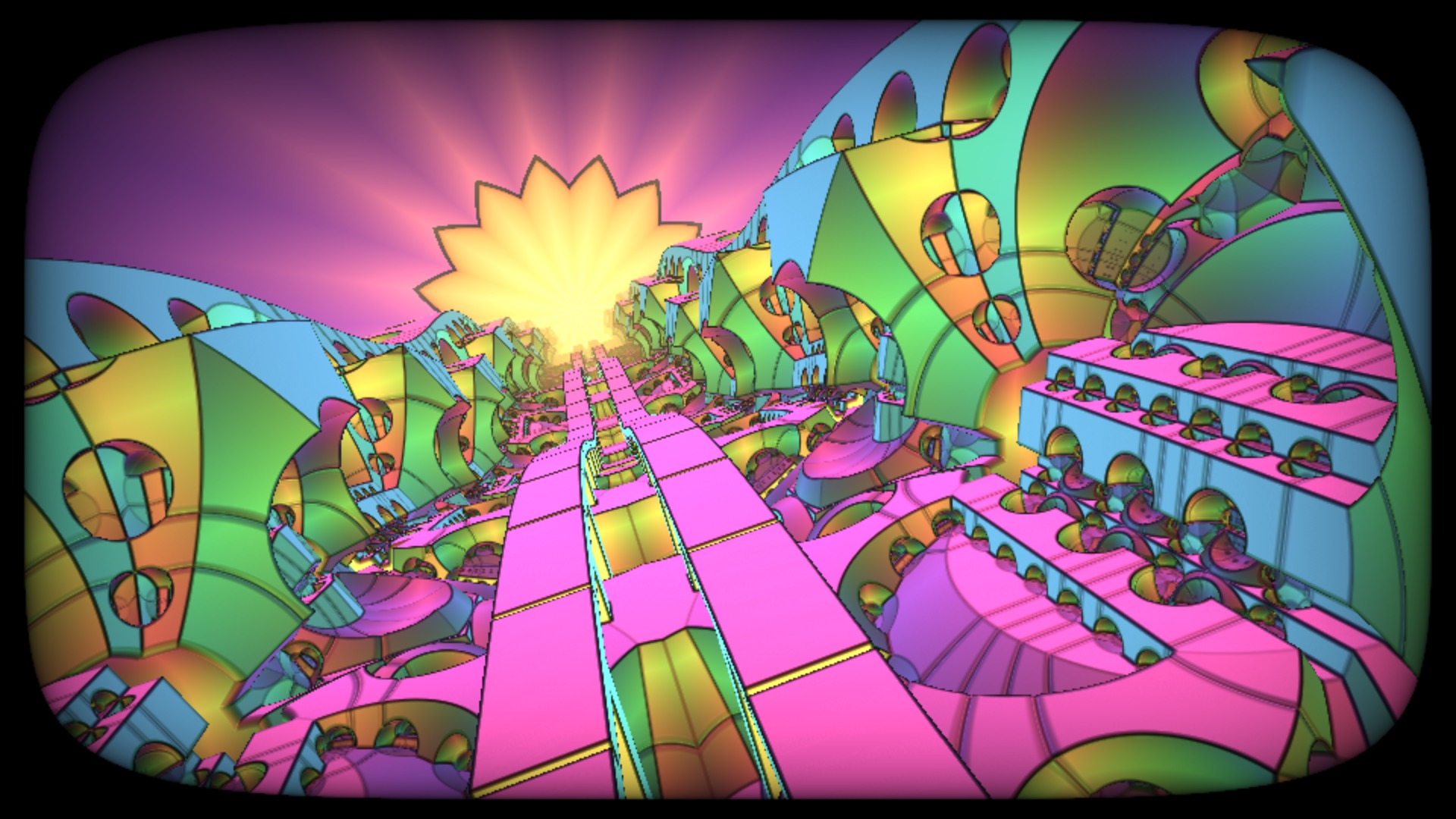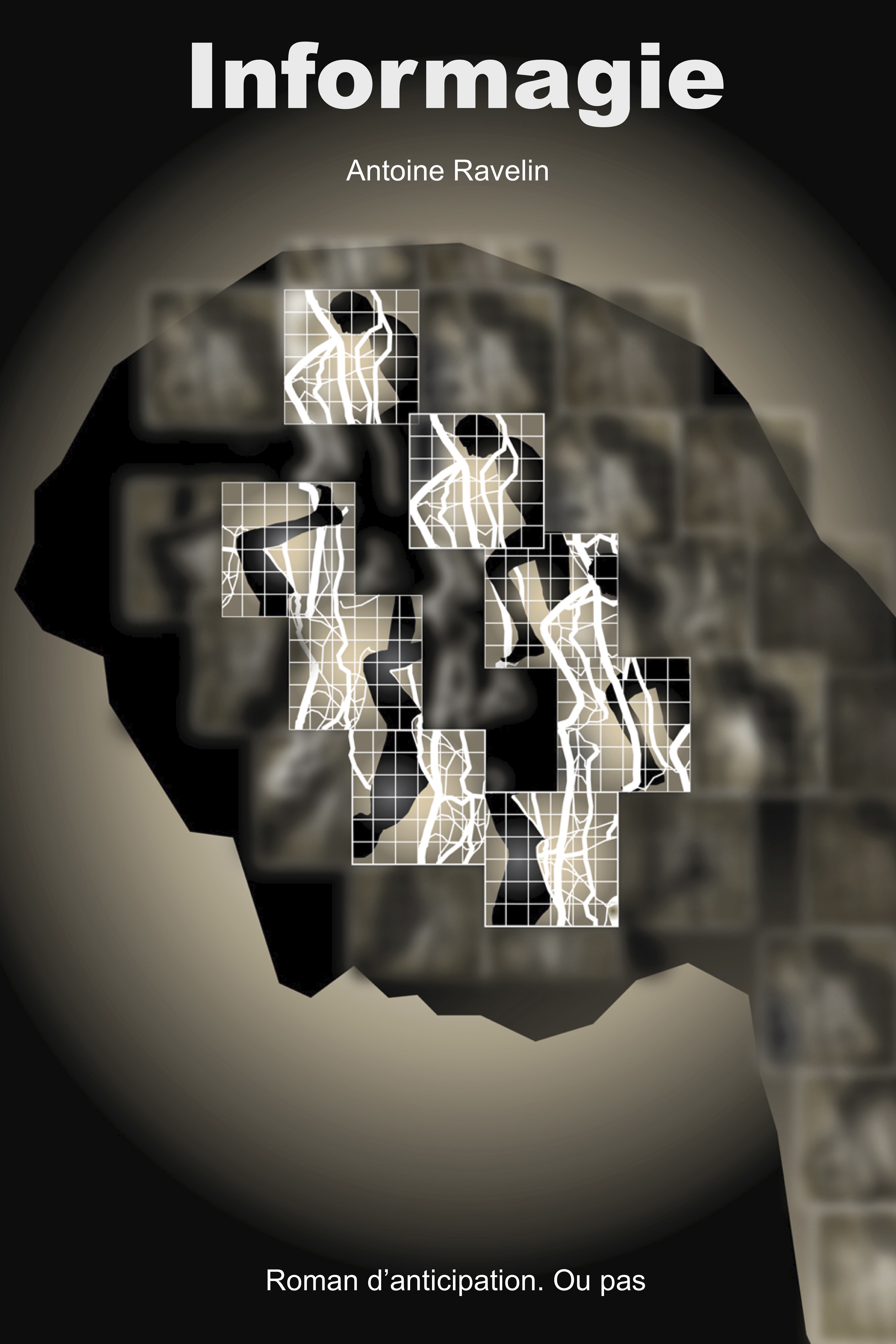HP Integrity Virtual Machines (HPVM) is a
virtualization solution for Itanium-based servers.
I started this project in late 2000 and left the team
in early 2010, making it the project on which I
spent the most time in my professional life. It
was also the most complex one, being en
enteprise-grade virtualization solution for
Itanium processors (not the simplest CPU
architecture to virtualize).
For this project, I was fortunate to get the early
help of two HP system software gurus, Todd Kjos
and Jonathan Ross. The three of us got the
software to the point of booting 4-way HP-UX guests.
Then, we got a much larger team, mostly composed of
former Tru64 and OpenVMS wizards who helped us
turn this prototype into a real product. The team
was constituted of remarkably bright people, some
who had been working on operating systems such as
TOPS-10, TOPS-20 or OpenVMS long before I even
knew what a calculator was.
In addition to the early design of HPVM, I
contributed to many facets of the product:
low-level interrupt handlers; binary translation;
memory management; interrupt handling; interrupt
emulation; context switching; networking and
disk I/O; debugging tools; scheduling;
scalability; testing; user-space management tools;
and I probably forget a few. That was a lot of
fun, many interesting problems, and interaction
with a number of super-smart people, like Karen Noel,
who besides doing most of the work for on-line
guest migration, also tried (and failed) to
improve my OpenVMS and English skills.
HPVM uses HP-UX as its "management console", but
also inherited its remarkable I/O capabilities. I
called the context switch between the HPVM monitor and HP-UX
"transmogrification" (abbreviated Xmog), a reference to
Calvin
and Hobbes, hat tip from a french comics lover
to Bill Watterson.
HPVM offered
very good scalablity
thanks in large part to scheduling work done by
Scott Rhine. It also featured high-level management
tools, para-virtualized I/Os, on-line guest
migration, on-line addition and removal of
devices, RAM and even CPUs, cluster integration,
and many more things that are just starting to
show up in open-source virtualization tools.
I feel really bad for not naming all the
individuals who contributed to HPVM, but they know
who they are, and they know I remember them all fondly.
HPVM on Wikipedia
